INDIAN ARMED FORCES CHIEFS ON
OUR RELENTLESS AND FOCUSED PUBLISHING EFFORTS

SP Guide Publications puts forth a well compiled articulation of issues, pursuits and accomplishments of the Indian Army, over the years

I am confident that SP Guide Publications would continue to inform, inspire and influence.

My compliments to SP Guide Publications for informative and credible reportage on contemporary aerospace issues over the past six decades.
- Interim Defence Budget 2024-25 — An Analysis
- Union Defence budget 2024
- Indian Army: In quest of greater firepower and policy recommendations for gaps
- Indian Army Annual Press Conference 2024
- 6G will transform military-industrial applications
- Tata Boeing Aerospace Delivers 250 AH-64 Apache Fuselages, Manufactured in India
Drone Attack: Are We Prepared Enough?
While the discussion around the use of armed drones is not new, not only do these concerns remain unresolved but, with drone warfare continuing to expand and evolve, new layers are being added to the controversies posed by the use of armed drones
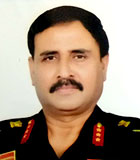 |
The Author is Former Chief of Staff (COS), Central Command, Indian Army. He is an expert on Siachen and Ladakh with experience in counter insurgency operations in J&K and North East and is also an expert on Information Warfare. |
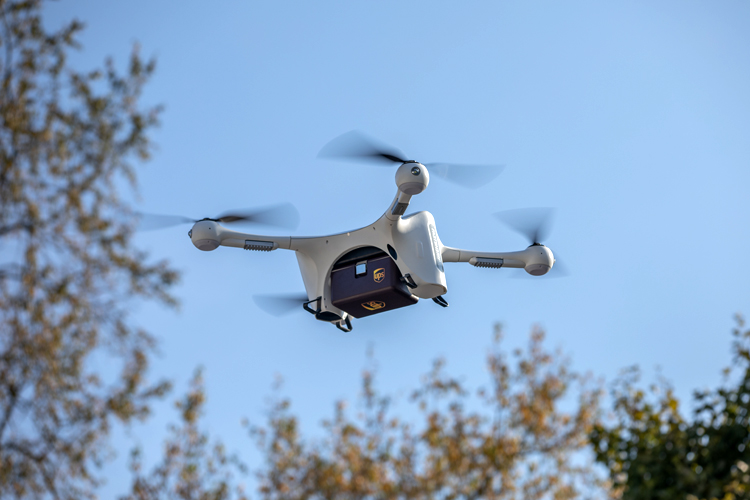
On Sunday, June 27, 2021, two low intensity bombs were dropped via drone(s) on the Indian Air Force Base in Jammu, which is next to the Jammu Airfield. The IAF twitter handle stated, "One caused a minor damage to the roof of a building while the other exploded in an open area. There was no damage to any equipment and the investigation is in progress." With this first of its kind attack, which created a buzz across all the news channels with in minutes of the incident, the security apparatus of the country was confronted with reality of use of this technology in warfare, which so far was only in the realms of discussions and demonstrations.
Technologically sophisticated armed and unarmed drones have been in use for nearly two decades. Surveillance drones have been in use on the Indo-Pak border for nearly a decade.
Technologically sophisticated armed and unarmed drones have been in use for nearly two decades, especially by the US and its armed forces, and have been extensively used in Iran-Iraq & Afghanistan. Drone attacks came much to the fore in 2016 with Russia destroying most of Ukraine's ammunition and artillery even before the shots were fired. In September 2019, two key oil installations in Saudi Arabia were damaged through the innovative use of small-sized drones in a swarm by the Houthis of Yemen, erupted the concept of swarm attacks. Iran had supposedly supplied the drones. The attack temporarily disrupted global oil supplies. In September 2020, the victory of Azerbaijan over Armenia was attributed to the successful use of armed drones supplied by Turkey. Reportedly, the Taliban has used low-technology armed drones against the US. Drone warfare seems to have come of age.
Surveillance drones have been in use on the Indo-Pak border for nearly a decade. In mid-May 2021, BSF reported that they had recovered some arms and ammunition, which was said to have been drone-dropped 250 meters inside Indian territory in the Samba Sector. It had triggered much debate in India about the use of drones by China and Pakistan.
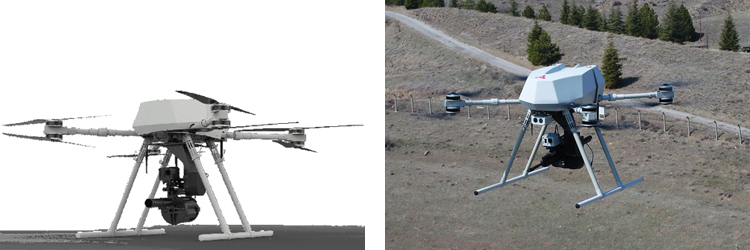
In the contemporary context, where conflict has moved beyond the theatres of traditional warfare to take place in undefined battle zones, and is chiefly characterised by counterterrorism and counter-insurgency operations, drone use has brought to the fore critical questions on move across borders, detection, the rule of law, secrecy and lack of accountability, among others. Although drone technology is frequently credited for allowing greater precision when a specific target is aimed at, it is not often acknowledged that precision itself begins not with the accuracy of the weapon at the point of the strike, but with the ability to identify the target correctly in the first place.
The huge dilemma that India and the Security Forces face now is countering this threat towards which our approach has been rather retrogressive.
With this development and the rise of remote warfare, questions have also emerged on how the use of armed drones may contribute to
- Changing the character of war – for example by lowering the threshold for the use of force due to reduced financial costs, the absence of physical risks to pilots, and the potential for plausible deniability;
- The blurring of formal boundaries and legal lines, with respect to targets and operations – in which drones would and already are often used to conduct targeted killings – taking place more and more frequently through military means. This, in turn, also leads to concerns that such hostile activities can erode the distinction between wartime and peacetime as it has actually happened in the case of Jammu Drone Attack.
While the discussion around the use of armed drones is not new, not only do these concerns remain unresolved but, with drone warfare continuing to expand and evolve, new layers are being added to the controversies posed by the use of armed drones. The Armenia–Azerbaijan conflict over the disputed Nagorno Karabakh region in 2020, which was heavily dominated by the use of drones, distinctly points to what the future of combat might become in a war between states.
Indian Air Force will be the central coordinating agency for all the deployments for countermeasures against the drones
General Stanley McChrystal, a former commander of US and NATO forces in Afghanistan, stated in 2015 that confidence in the capability of drones could make them more palatable to military decision-makers and lower the threshold for lethal force. The UK Ministry of Defence claimed in the same year that the:
increased use [of remote and automated systems] in combat and support functions will reduce the risk to military personnel and thereby potentially change the threshold for the use of force. Fewer casualties may lower political risk and any public reticence for a military response
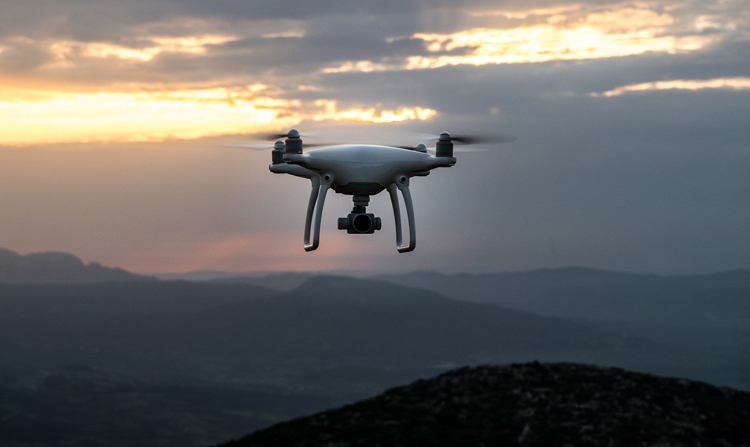
With particular reference to attack on Jammu Air Force Base, such an attack on a military target ensures that the news of the attack receives national and international attention. Domestically, it dents the strongman image that the government has carefully nurtured and therefore had the potential to provoke a quick reaction had it been successful.
The huge dilemma that India and the Security Forces face now is countering this threat towards which our approach has been rather retrogressive.
Defence Research and Development Oragnisation's (DRDO) Chairman, Dr G Sathish Reddy, on June 30, 2021, apprised the Nation about how its anti-drone technology could aid the Country. The technology that has been previously used for VVIP events consists of a radar system that provides a 360-degree coverage. It detects micro drones within a range of 4 kilometers and then alerts the weapon systems to engage when in range. This would provide both soft kill and hard kill options to the Indian military.
It is not the first time that this technology is being spoken about. The same has been demonstrated to all the three services, National Security Guards (NSG), and CAPF on more than three occasions. The technology was put to an effective use as part of aerial security structure even during the Republic Day Parade 2021. Yet the Defence Forces have not given any firm commitment for the use of the same as part anti drone measures or weapons. Consequently, the security infrastructure remains bereft and deprived of an effective indigenous demonstrated capability against the drone attack. If ordered in numbers, the further development would ensure modular and compact designing and scaling the numbers as required would result in huge reduction in costs.
With the proliferation of drones all over of different sizes and shapes with varying payloads, there is a need for a comprehensive policy which not only should cover the sensitive military aspects but also the civilian areas and population
There has been much talk as also of policy on use of drones. Unfortunately, there is no universal policy to deal with rogue drones. There is a combination of techniques required to be used depending on the vitality of an asset and the policies revisited.
A high-level meeting chaired by Prime Minister Narendra Modi was held on June 29, 2021 to discuss measures and strategies to counter "weaponised drones used for terror purposes against strategic and commercial assets". The meeting was attended by Defence Minister Rajnath Singh, Home Minister Amit Shah, and National Security Advisor Ajit Doval, among others. Aspects of the National Policy on Drones was also discussed.
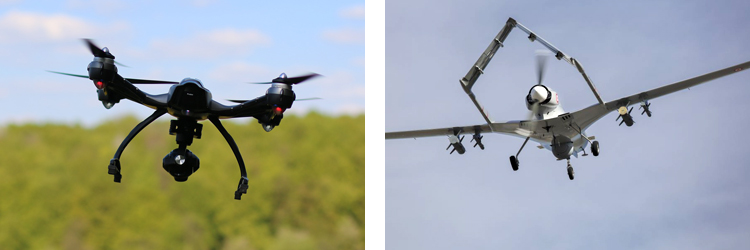
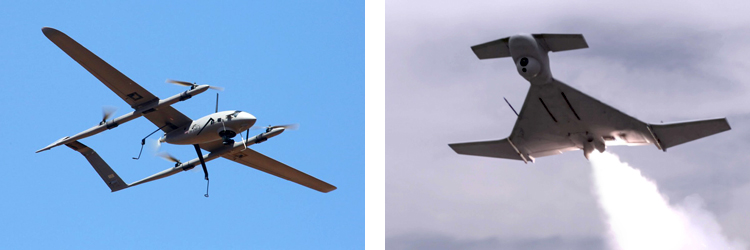
As per the reports it has been decided that Indian Air Force will be the central coordinating agency for all the deployments for countermeasures against the drones. The general deployment models that have been discussed will consist of primary and passive detection means, including radio frequency (RF) detectors, electro-optical and infrared cameras, radars, drone catching nets, GPS Spoofers, lasers, and soft and hard kill measures like RF Jammers.
The Border Security Force is in the process of acquiring a ground-based standalone platform capable of detecting lone, suspicious flying objects or groups of Unmanned Aerial Vehicles (UAVs) and reacting quickly. Indian Army has already been given the go-ahead to acquire artificial intelligence-equipped drones that can be deployed during such attacks.
The country needs drone killer equipment not only on the borders but in every 718 districts and it needs it today
Though a central agency is being nominated, yet as evident from instructions to CAPF through MHA and Army, the force/service based steps would again put the policy guidelines and its implicit implementation in the loop. With the proliferation of drones all over of different sizes and shapes with varying payloads, there is a need for a comprehensive policy which not only should cover the sensitive military aspects but also the civilian areas and population centres. Some recommendations are.
- Every District HQ of Police should have details of Drone owners, suppliers and repairers in the district. The same should be registered by a due process of law.
- Like the types of guns permitted under license, drones should be categorised as per flying and load carrying abilities.
- Private Drones in disputed zones and certain kilometres around the border area should either be banned or it's movement should be only with prior permission inspite of being registered.
- Central Drone database for drones available in the country should be created.
Weaponised drone manufacturers are using AI, Stealth materials, and state of art communication channels to make them more silent, invisible, and lethal. India lacks implementable effective counter-measure against these quadcopters even though we have national drone policy. Drones can be used as an antenna or mediator device to facilitate communication between a group without Lead Intelligence Agencies (LIA) tracing it.
In addition to the military means, to get a full spectral view of the threat, India needs to have crowd sourcing of intelligence about drone movements in the area. We need to sensitise civilians to report drone movements on some website or phone. The country needs drone killer equipment not only on the borders but in every 718 districts and it needs it today.
With regard to the policy, the Drone policy requires to be audited and updated from the view of security incidents that have happened in the recent past in India and across the world. All e-commerce, importers etc should be audited for policy violations and penalised for greater sensitivity. Policy without implementation is just a government paper of whims.





